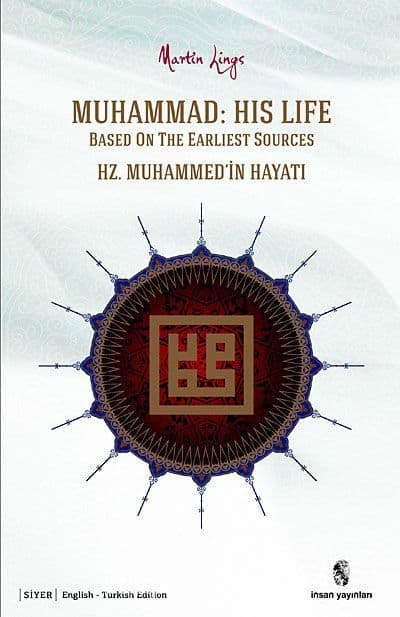

įollowing the earlier scepticism, albeit charting a new direction, John Wansbrough argued that ḥadīth literature is exegetical in origin, i.e., the bulk of the tradition literature is closely tied to the interpretation of the Qur'an, which he believed did not take its final form/canonised until the late eighth / early ninth century. Therefore, the legal rules formulated during later times were enshrined in ḥadīth and projected back to the life of the Prophet in order to give them an Islamic justification. In other words, traditions with worse isnāds are likely to be earlier and the ones with perfect isnāds betray their late development. Isnāds, he argued, tended to grow backward with time.

About half a century after Goldziher, Joseph Schacht applied the former's methodology and came up with what is called the backward growth of isnāds. In other words, the aḥādīth reflect reality, but not the reality of seventh century Arabia but of Umayyad and early Abbasid empires. Their views were given a further impetus by Ignaz Goldziher who became convinced that the tradition literature had grown up after the Arab conquests, i.e., the aḥādīth did not reflect the life of Prophet Muhammad rather they reflect the beliefs, conflicts and controversies of the first generation of Muslims. Both of them suspected that much of the Islamic traditions on Muhammad, which were accepted by Muslims as authentic, were in fact forged. 1850 CE) of Sir William Muir and Alois Sprenger. The history of the quest for the historical Muhammad in the modern Western literature has its origins from the time ( c. Assalamu ‘alaykum wa rahamatullahi wa barakatuhu:


 0 kommentar(er)
0 kommentar(er)
